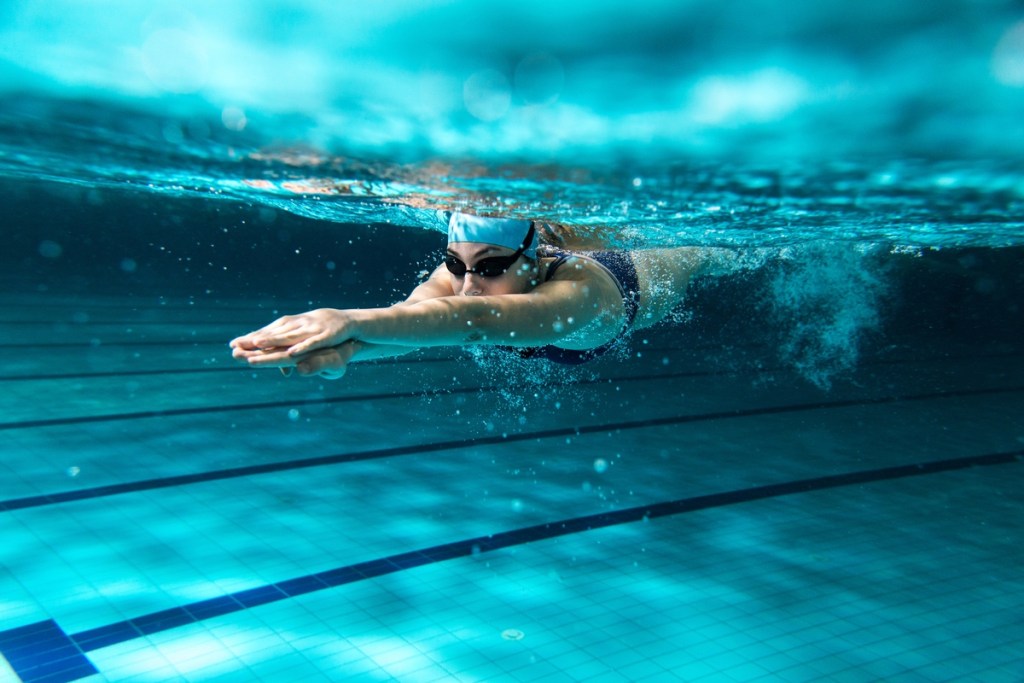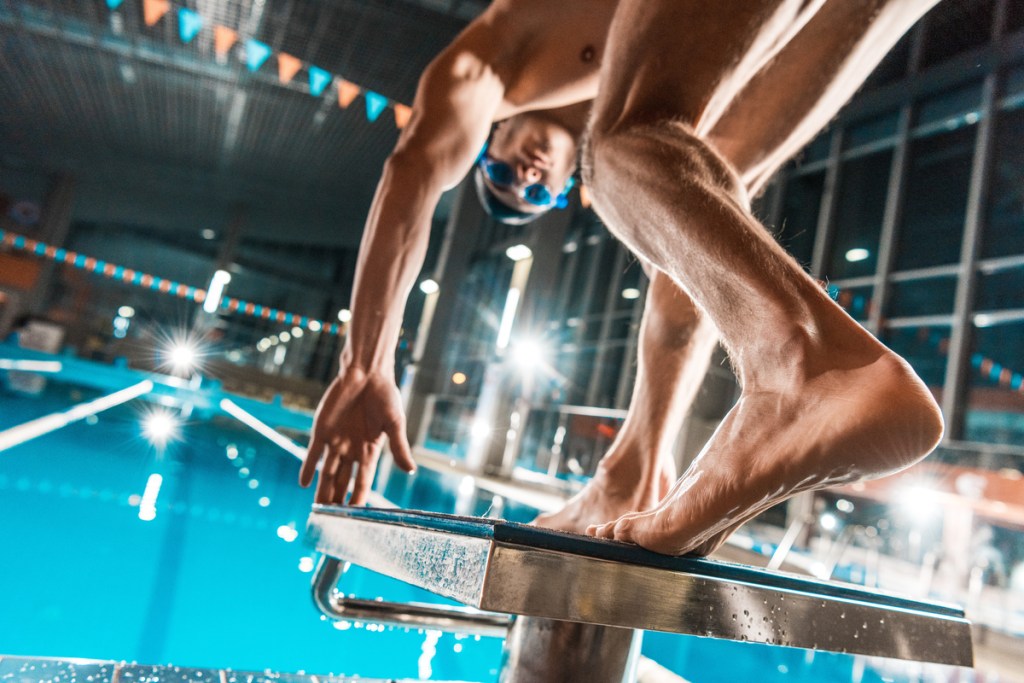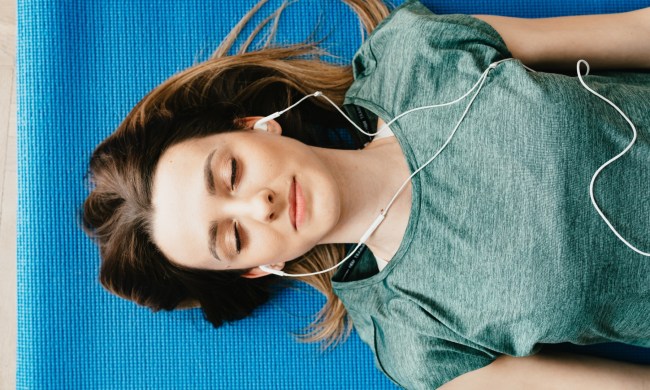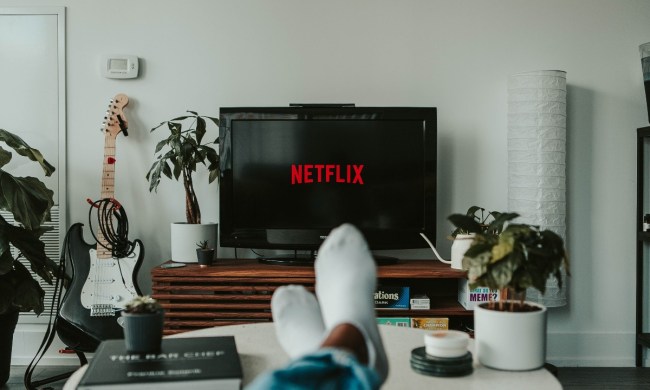
The modern fitness world is a bit, shall we say, intricate. With all the fancy gear and equipment, gadgets and apps, monthly subscription fees, and the flood of YouTube influencers, it can be challenging to know where to turn if you’re looking to get a little exercise in your day.
Maybe it’s time to simplify — drop the barbells, TRX bands, and 60-pound ropes (at least for a day or two) and hop in the pool. This is welcome news for water lovers, as swimming is one of the best forms of exercise out there. Here, we’ll break down the benefits of swimming and some basic workouts and techniques to get you started.
Keep in mind that you should be a competent swimmer before beginning any aquatics program. To strengthen your swim skills, ask your local pool staff or parks and recreation department if there are lessons that are right for you. If you’re swimming in a natural body of water like the ocean or a lake, observe all safety guidelines.
The benefits of swimming
Swimming is a highly effective workout, providing a robust array of benefits without overtaxing the body.
By incorporating a swim into your exercise routine every so often, you can:
- Improve cardiovascular health
- Burn as many as 700 calories per hour, roughly equivalent to jogging or low-impact aerobics
- Decrease strain on the body, particularly the joints, making it ideal for older adults and those recovering from injuries
- Tone and strengthen muscles in both the lower and upper body
- Increase flexibility
- Reduce blood pressure and cholesterol
- Manage stress
- Improve balance and coordination
This low-impact exercise delivers all the benefits of your favorite cardiovascular exercises, so you can get your heart rate up without putting undue pressure on your joints.

What equipment do I need?
As far as equipment is concerned, the need (and cost) for hardware is substantially less expensive than for many other sports or exercise regimens. At the end of the day, all you really need is a bathing suit and a body of water.
However, depending on your personal preferences and intended workout routine, you might also need goggles, a swim cap, fins, a kickboard, or hand paddles. To keep track of your progress, consider investing in a water-proof fitness watch, which can monitor laps, heart rate, and other metrics.
Goggles and a swim cap are particularly important if you’re swimming in a chlorinated pool, where the chemicals can strip your mane of necessary nutrients and cause burning in the eyes. It’s not unsafe to swim without these, but it can be uncomfortable to deal with the post-chlorine side effects.

Diving in
According to U.S. Masters Swimming, it’s never too early or late to get into swimming. Fair warning: These tips aren’t for novice swimmers. If you’re just getting your sea legs, consider signing up for classes to nail down the basics before you start hitting the pool on your own.
- Start slow. Stay comfortable and enjoy the experience. Like any exercise routine, your goals are your own, so don’t feel pressured to beat your personal record every session.
- Mix up your stroke. Every swim stroke targets a slightly different set of muscles and puts your body through a range of different motions. The freestyle or overhand stroke is the default, but be sure to practice the backstroke, breaststroke, and butterfly to round out your training.
- Mind the time. Many pools have clocks all over the place, particularly if they host competitions. When possible, set small time goals. Start by treading water or swimming laps for a few minutes at a time. As you improve, slowly push your endurance and extend the length of your swim.
- Find a group activity. Working out with a group of people ensures you’re encouraged and kept accountable for your training, making it one of the most effective ways to maintain a fitness regimen.
Swimming is a strong alternative to other cardiovascular exercises, providing more diversity to your workout routine and protecting your joints from overuse. As with any fitness routine, consult a physician before getting started. So, are you ready? It’s time to dive in!
BlissMark provides information regarding health, wellness, and beauty. The information within this article is not intended to be medical advice. Before starting any diet or exercise routine, consult your physician. If you don’t have a primary care physician, the United States Health & Human Services department has a free online tool that can help you locate a clinic in your area. We are not medical professionals, have not verified or vetted any programs, and in no way intend our content to be anything more than informative and inspiring.



